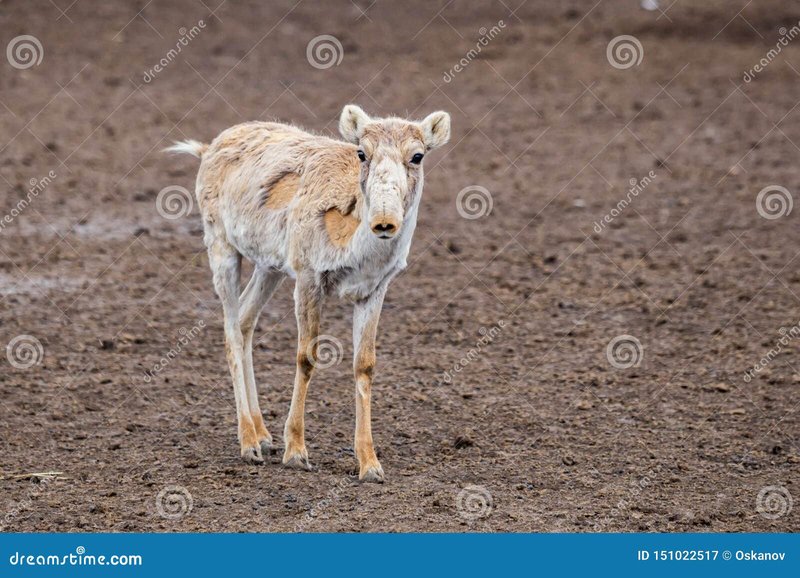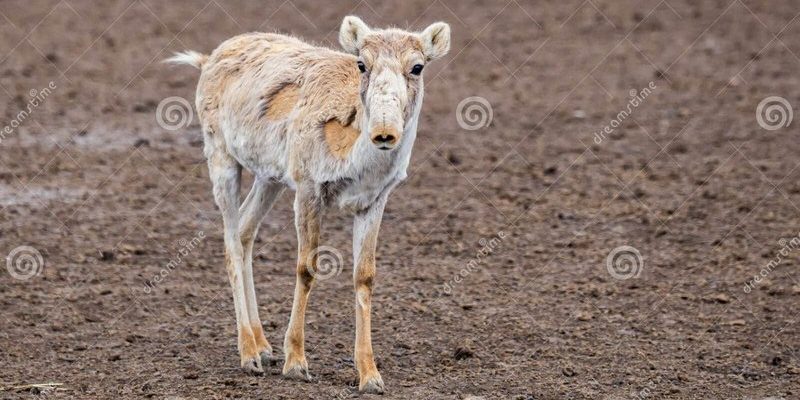
Picture it like a game of telephone—each whisper alters the original message. The more we talk about the saiga antelope, the more myths can swirl around them. Let’s grab a coffee and demystify some of these misconceptions together. From their striking looks to their endangered status, understanding the truth about saiga antelopes is essential not just for wildlife enthusiasts, but for everyone who cares about the environment.
The Saiga Antelope’s Unique Appearance
One of the first things people notice about the saiga antelope is its unusual appearance. With its large, bulbous nose and long legs, it’s hard to ignore! Some may think they resemble a cartoon character more than a real animal. But here’s the thing: that big nose isn’t just for show. It plays a critical role in their survival, especially in cold climates.
The saiga’s nose helps filter dust and regulate airflow while breathing. This is crucial in their native dry and dusty habitats, like the steppes of Central Asia. You might be wondering why this matters. Well, it allows them to thrive in conditions that would be harsh for other animals.
Maybe you’ve seen incorrect comparisons between the saiga and other antelope species. While they share family ties, saigas are distinct—sort of like comparing apples to oranges. Each species has adapted to its environment in unique ways, and the saiga is a prime example of evolution at work.
Saigas Are Not Just a Desert Species
Another common myth is that saiga antelopes are only found in deserts. This misconception could stem from their association with arid environments. However, the truth is that they actually inhabit grasslands and semi-desert regions. They need open spaces to graze, and while they can tolerate dry conditions, they also thrive in areas with seasonal vegetation.
During warmer months, saigas migrate to greener pastures, demonstrating their reliance on diverse habitats. This brings up a critical point about their lifestyle: migration. You might picture flocks of birds flying south for the winter, but saigas embark on massive migrations to find food and water.
Migration isn’t just a quirky trait; it’s essential for their survival. If you think about it, their migratory patterns help maintain the ecosystem’s health. By grazing on various plants, they promote biodiversity. So, the next time you hear someone say saigas only live in deserts, you can confidently explain their versatile habitat.
Endangered Status and Conservation Efforts
Many people don’t realize that saiga antelopes are listed as critically endangered. This status is not just a label; it reflects a significant decline in their population due to poaching and habitat loss. Honestly, over the past few decades, their numbers have plummeted drastically—by around 95% at one point.
You might be wondering what’s being done to help these beautiful creatures. Conservation efforts are ongoing and include legal protections, habitat restoration, and anti-poaching measures. Organizations and local governments are working tirelessly to create safe environments for saigas, ensuring they can roam freely without fear of extinction.
But here’s the kicker: community involvement is vital in these efforts. Local people play a crucial role in safeguarding their habitats. Education and awareness can lead to better conservation practices, so supporting these initiatives is something everyone can do. It’s a team effort; think of it as a neighborhood looking out for one another.
Misconceptions About Saiga Behavior
Another area filled with misconceptions is saiga behavior. Some folks believe these antelopes are solitary. This couldn’t be further from the truth! Saiga antelopes are highly social animals, often moving in herds that can number in the thousands.
Imagine the camaraderie in a big group of friends. Saigas have their own social structures and relationships within these herds. For example, mothers tend to form strong bonds with their young ones, teaching them essential survival skills. These social dynamics are crucial for their reproduction and survival as a species.
You might also hear that saigas are skittish and hard to study because of their elusive nature. While they can be cautious, dedicated researchers and photographers have made significant strides in observing their behaviors. It’s just a matter of patience and understanding their environment.
The Role of Saiga Antelopes in Their Ecosystem
Saiga antelopes play a vital role in their ecosystem. Some might think that their presence is insignificant, but they help maintain the balance of their habitats in various ways. By grazing on vegetation, they promote new plant growth, which can support other wildlife. It’s like they’re nature’s gardeners!
Moreover, their migrations help spread seeds across large distances, contributing to plant diversity. This not only benefits other animals but also affects the overall health of the ecosystem. So, when people undervalue the saiga’s importance, they miss out on understanding how interconnected our natural world is.
Raising awareness about their ecological role is essential for their conservation. The more we understand how crucial they are, the more motivated we become to protect them. Supporting initiatives that educate the public can spark greater interest in wildlife conservation.
Understanding the saiga antelope goes beyond just their quirky appearance or their conservation status. It’s about recognizing their importance in the ecosystem, their social behaviors, and the challenges they face. Each myth we debunk brings us closer to appreciating these fascinating creatures and the unique role they play in our world.
So, the next time you come across a conversation about saigas, share what you’ve learned! Whether you’re chatting with a friend over coffee or discussing it on social media, every bit of knowledge helps to spread awareness. By shining a light on the reality of saiga antelopes, we can better support their conservation and ensure they continue to grace our planet for generations to come.

